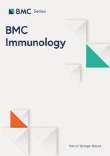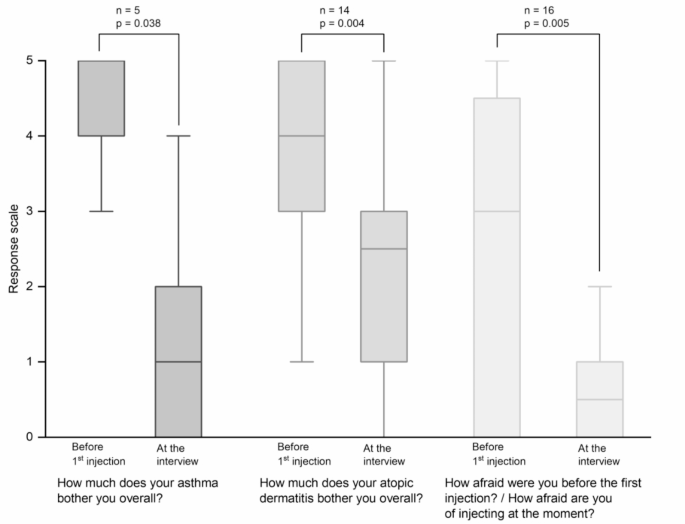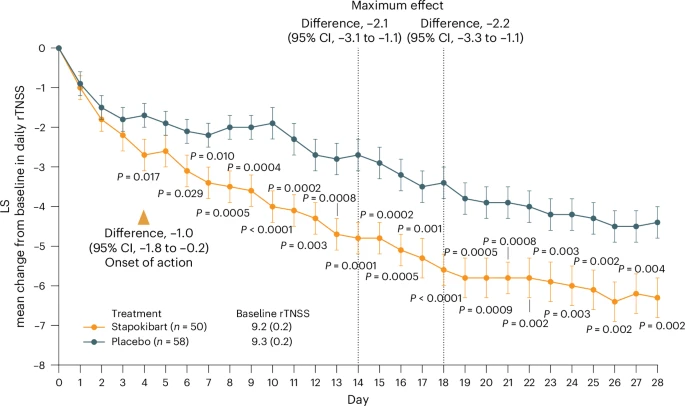ABSTRACT
Objective
To establish the prevalence of allergic rhinitis (AR), categorized by demographics and barriers to healthcare, and the prevalence of antihistamine and nasal steroid use in these subgroups.
Methods
We performed a retrospective, cross-sectional study utilizing the All of Us Database. Sociodemographic factors among AR patients were compared via Chi-Square analysis and multivariable logistic regression (MLR). Subgroups of AR patients with or without nasal steroid spray or oral antihistamine listed in the electronic health record (EHR) were compared via chi-square analysis and MLR.
Results
 |
| Demographic description of all patients vs. allergic rhinitis patients (AR) in the All of Us database |









